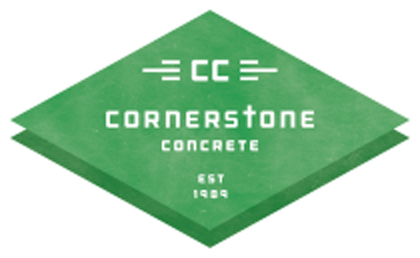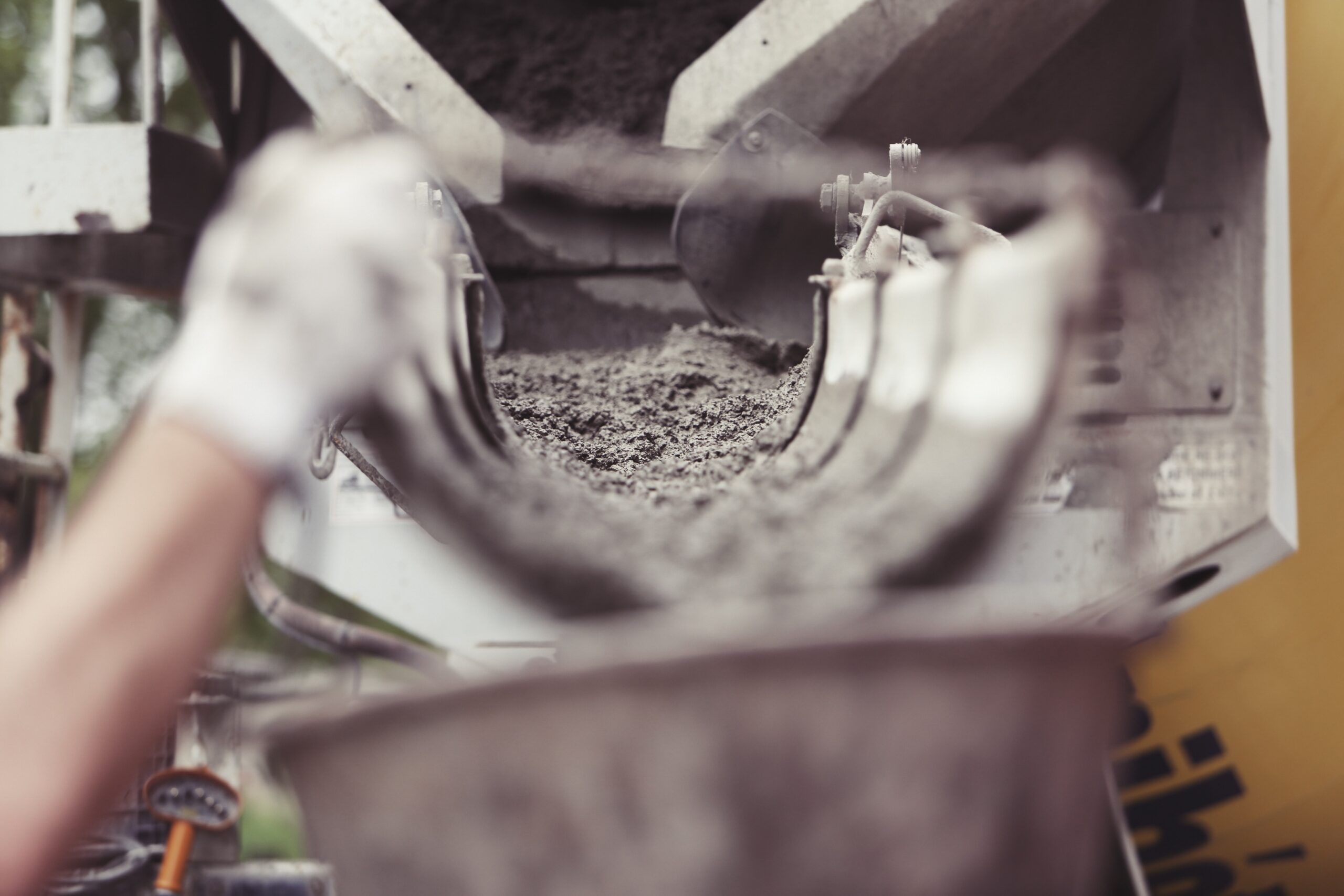- Cement: An ingredient in concrete, cement acts as a binder with aggregates to form durable materials, suitable for grouting, masonry, and crafts.
- Concrete: Known for its strength, concrete is ideal for infrastructure like driveways and bridges, as well as decorative uses like landscaping and countertops.
- The historical use of “cement” predates “concrete,” leading to common misconceptions about their differences.
- Local Expertise: Cornerstone Concrete provides solutions tailored to Minnesota’s climate, ensuring durability against freezing and thawing cycles.
This has been a question on many people’s minds for quite some time; so in order to find the answer, we must look at the “concrete” evidence. While the two materials are similar, they are different and shouldn’t be used interchangeably. So, what really is the difference between concrete and cement?
Cement VS Concrete
Cement is not concrete, but it is an ingredient in concrete. Concrete is made from a mixture of aggregates (small particles of stone, sand, or rock) and paste (water and cement mix). The paste acts as a binding agent, holding the aggregates together to create concrete. The difference between cement and concrete is essential to understand, as these terms are often misused interchangeably.
What is Cement?
Simply put, cement is not concrete, but it is an ingredient of concrete. Concrete is made up of a mixture of aggregates and paste. Aggregates are small particles of rock or sand or stone, while paste is the combination of water and cement mix, usually Portland cement (Portland cement is a generic term to describe the type of cement that is generally used). The cement is a binding agent that activates with water to create paste, and this paste then combines the aggregates together to create concrete.
Cement Application
Because cement is an ingredient in concrete, it is not as strong or as durable as concrete when used alone. Cement tends to crack more often because it does not have those aggregates in concrete to bind to, making it great for smaller projects, including:
- Grouting
- Custom masonry
- Crafts
What is Concrete?
There are four main ingredients in concrete: stone, sand (aggregates), cement, and water. Concrete is the combination of aggregate and cement paste that hardens to create concrete structures. If there is too much water, the concrete will be too thin and be more prone to cracking. Therefore, using less water will create a stronger concrete that will last longer. In addition, smaller aggregates tend to create weaker concrete, whereas larger aggregates contribute to a stronger concrete.
Concrete Applications
Concrete is strong and durable, tending to crack much less than cement which makes it a great material to build larger structures, like:
- Driveways
- Sidewalks
- Schools
- Bridges
But concrete can also be used for decorative, long-term structures, like:
- Landscaping
- Countertops
- Walkways
If there is such a big difference between concrete and cement…
Distinguishing the difference between concrete and cement has been one of the missions of the American Society of Concrete Contractors for decades (at least), spending millions of dollars on advertising to help the public understand the difference.
“Yet, the greater part of the time concrete is still referred to as ‘cement’.”
(The Chicago Tribune, July 29, 1967)
Why do we call concrete ‘cement’?
Cement is much older than concrete, as a term. Merriam Webster states that, ‘cement’ has been used as a term to describe walls, floors, foundations, and much more since the 14th century.
On the other hand, concrete is newer, being used since the 17th century, meaning “a mass formed by the concentration of separate particles of matter in one body” by Merriam Webster. However, the definition of concrete as we now know and love wasn’t used to describe building materials until the 1830s, according to “Is ‘Cement’ ‘Concrete’?” by Merriam Webster.
With this context, it makes perfect sense why we generally use ‘cement’ instead of ‘concrete’, even though there is no such thing as a cement driveway or sidewalk.
Cornerstone Concrete LLC offers services tailored to the Midwest region, particularly Minnesota. The state’s unique climate, including its freezing and thawing cycles, impacts concrete structures, making specialized services crucial.
Our team is here to answer all your questions. If you’re considering a “cement driveway,” we understand the terminology confusion, and our experts will guide you through every step of the process. We’ll provide a free estimate for your concrete driveway project, helping you achieve your goals with high-quality, durable solutions that stand the test of time.





